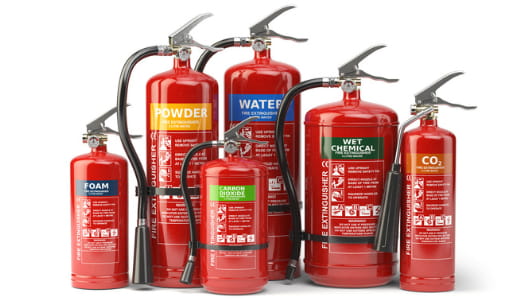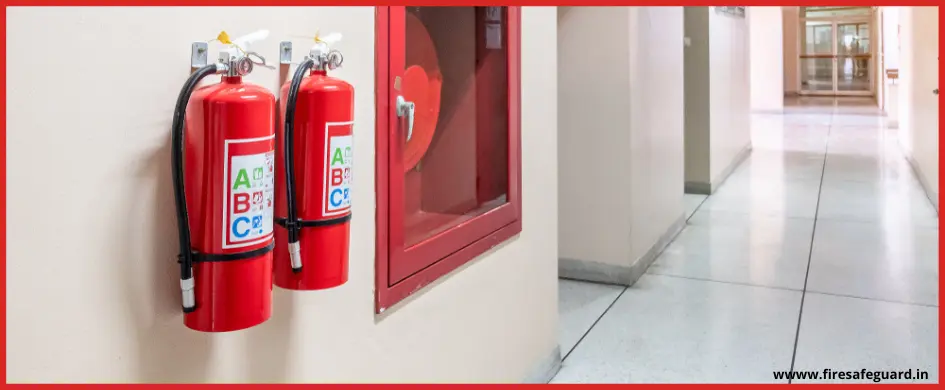Fire safety is a non-negotiable aspect of any business operation. Whether you run a small office or a large industrial facility, having the right fire extinguisher on hand can mean the difference between a minor incident and a catastrophic disaster. In India, it’s mandatory to have fire extinguishers in offices and factory premises as per the law.
However, with the myriad of options available, choosing the right fire extinguisher can be a daunting task. In this comprehensive guide, we’ll walk you through the process of selecting the best fire extinguisher to suit your business needs, ensuring maximum protection and compliance with safety regulations.
The Importance of Certifications and Standards
Certifications and standards are crucial when it comes to fire extinguishers. They ensure the authenticity, trustworthiness, and performance of the product you’re purchasing. In India, the most commonly recognized certification is from the Bureau of Indian Standards (BIS). A BIS certification guarantees that the fire extinguisher meets the required necessary safety and performance standards set by the government.
However, it’s always better to look for multiple certifications on the fire extinguisher. This added layer of verification provides an extra level of assurance that the product you’re buying is of the highest quality and capable of effectively suppressing fires. Look for certifications from reputable organizations such as the Underwriters Laboratories (UL) or the National Fire Protection Association (NFPA).
Fire Classes and Extinguisher Ratings
Before discussing the different types of fire extinguishers, it is essential to understand the different classes of fires and the corresponding extinguisher ratings. Fires are classified based on the type of combustible material involved, and each class requires a specific type of extinguishing agent to be effective.
- Class A: Fires involving ordinary combustible materials such as paper, wood, cloth, and plastics.
- Class B: Fires involving flammable liquids and gases, such as gasoline, oil, and propane.
- Class C: Fires involving energized electrical equipment or electrical wiring.
- Class D: Fires involving combustible metals, such as magnesium, titanium, and potassium.
- Class K: Fires involving cooking oils and greases, typically found in commercial kitchens.
More Info: Fire extinguisher’s ratings are based on their effectiveness in suppressing specific classes of fires. For example, an ABC-rated extinguisher is suitable for tackling Class A, B, and C fires, while a BC-rated extinguisher is designed for Class B and C fires.
Types of Fire Extinguishers
Fire extinguishers come in two main categories: water-based and chemical-based. Choosing the right type is essential for effective fire suppression and ensuring the safety of your premises and personnel.
Water-Based Fire Extinguishers
Water-based fire extinguishers are the most common and widely available type. They are relatively less priced and easy to manufacture, making them a popular choice among businesses. These extinguishers are particularly effective in fighting small-scale Class A fires, such as ordinary materials like paper, wood, and cloth.
However, it’s important to note that water-based fire extinguishers should never be used on Class B (flammable liquids and gases) or Class C (electrical) fires, as water can potentially spread the fire or cause electrocution hazards.
Chemical-Based Fire Extinguishers
Chemical-based fire extinguishers are designed to tackle more serious and complex fires. They contain powerful chemicals that suppress fires through various mechanisms, such as releasing carbon dioxide, forming a protective foam layer, or interrupting the chemical reaction that sustains the fire.
These extinguishers are essential for fighting fires caused by electrical short-circuits, chemical spills, or other hazardous materials. They offer a higher level of fire suppression capability and are often the preferred choice for industrial settings, laboratories, and other high-risk environments.
There are several types of chemical-based fire extinguishers, each designed to combat specific classes of fires:
- Dry Chemical: These extinguishers contain a fine powder, typically composed of sodium bicarbonate or potassium bicarbonate, that interrupts the chemical reaction that sustains the fire. They are effective against Class A, B, and C fires.
- Carbon Dioxide (CO2): CO2 extinguishers discharge a high-pressure stream of carbon dioxide gas, which smothers the fire by displacing oxygen. They are primarily used in hazards involving Class B and C fires, as they leave no residue and are safe for use on electrical equipment.
- Foam: Foam extinguishers discharge a thick, dense foam that separates the combustible material from oxygen and cools the fire. They are effective against Class A and B fires but should not be used on electrical fires.
- Wet Chemical: These extinguishers contain a potassium-based solution that is specifically designed for Class K fires involving cooking oils and greases. They are commonly found in commercial kitchens and restaurants.
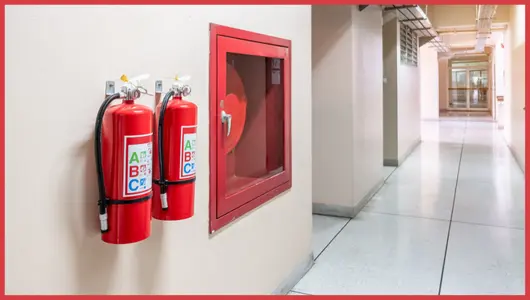
Selecting the Right Size and Placement
The size of the fire extinguisher you choose and it’s strategic placement are crucial factors in ensuring effective fire suppression and compliance with safety regulations.
Determining the Appropriate Size
Finding the right size of the fire extinguisher you need depends on several factors, including the type of fire you expect to encounter, the size of the area you need to protect, and the potential fuel load (combustible materials) present.
Generally, smaller extinguishers with a rating of 2A:10B: C is suitable for offices, small businesses, and residential settings, while larger extinguishers with higher ratings (e.g., 4A:60B: C or 10A:80B: C) are recommended for industrial facilities, warehouses, and high-risk environments.
Strategic Placement and Accessibility
Every fire extinguisher should be strategically placed throughout your premises and easily accessible in case of an emergency. Ensure that they are mounted at the appropriate height (typically between 3.5 and 5 feet from the floor) and not obstructed by any objects.
It’s also crucial to consider the travel distance to the nearest fire extinguisher. As per the National Fire Protection Association (NFPA), the maximum travel distance should not cross the limit of 75 feet for Class A fires and 50 feet for Class B fires.
Signage and Visibility
Proper signage and visibility are essential for ensuring that fire extinguishers can be quickly located in an emergency. Install clear, visible signs indicating the location of each extinguisher, and ensure that the extinguishers themselves are not obscured by furniture or other obstructions.
Maintenance, Inspection, and Training
Investing in the right fire extinguisher is just the first step in ensuring fire safety for your business. Regular maintenance, inspection, and employee training are equally important to ensure the effectiveness and proper use of your fire extinguishers.
Maintenance and Inspection
Fire extinguishers need maintenance and inspection regularly to ensure they are in proper working condition. Most manufacturers recommend annual inspections and maintenance by a certified professional. This includes checking the pressure gauge, inspecting for any signs of damage or corrosion, and also ensuring the extinguisher is properly charged.
Additionally, many extinguishers have a specific service life, after which they must be replaced or refilled. Follow the manufacturer’s recommendations and replace extinguishers accordingly.
Employee Training and Education
Providing proper training to your employees on the proper use of fire extinguishers is essential. Conduct regular fire safety drills and educate your staff on fire prevention and response protocols. Ensure that employees understand the difference between types of fires, the appropriate extinguisher to use, and the proper techniques for operating the extinguisher safely and effectively.
It’s also important to educate employees on when to attempt to extinguish a fire and when to evacuate the premises. Emphasize that personal safety should always be the top priority, and fire extinguishers should only be used on small, contained fires.
Final Words
Investing in the right fire extinguisher is a crucial step in protecting your business from the devastating consequences of fire. By considering factors such as certifications, fire classes, extinguisher types, size, and placement, you can ensure that you have the appropriate equipment on hand to tackle any fire-related emergency effectively.
Remember, fire safety should never be compromised. By following the guidelines outlined in this guide, seeking professional advice when necessary, and implementing regular maintenance and training programs, you can safeguard your business, your employees, and your assets from the potentially catastrophic effects of fire hazards.
Note: Stay vigilant, Be prepared, and prioritize fire safety at every level of your business operations.
Read More Articles:
The Ultimate Guide to Fire Extinguishers: Types, Uses, and Maintenance
Foam Concentrates: The Ultimate Guide(2024) to Effective Fire Suppression
Related Articles

Protein Foam: Your Guide to Effective Fire Suppression
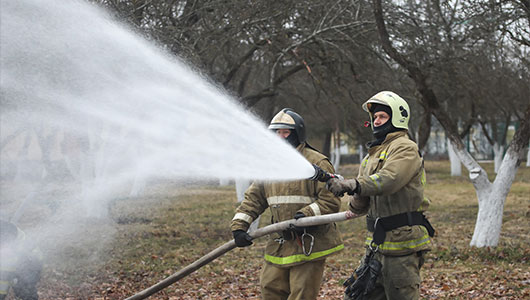
AR-AFFF Foam: Find the Right Formula for Your Needs
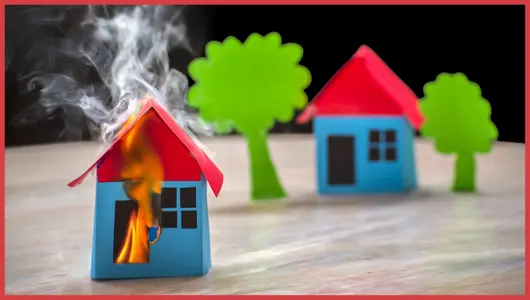
AFFF Foam: Your Essential Guide to Fire Safety

Why ECOFOAM is the Future of Environmentally Friendly Firefighting

Foam Concentrates: Sustainable Solutions for Environmentally Conscious Fire Protection
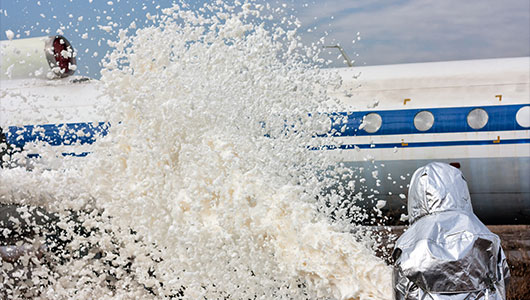
The Right Foam for Every Fire: Synthetic Concentrates for Varied Hazards & Environments

Expansion Foam Concentrate: The Ultimate Solution for Controlling Flammable Liquid Fires
Stop Fire in Its Tracks: Protein Foam's Versatility Across Hazards & Environments

Fluorine-Free Foam (ECOFOAM): Next-Generation Fire Suppression Solutions for Modern Challenges
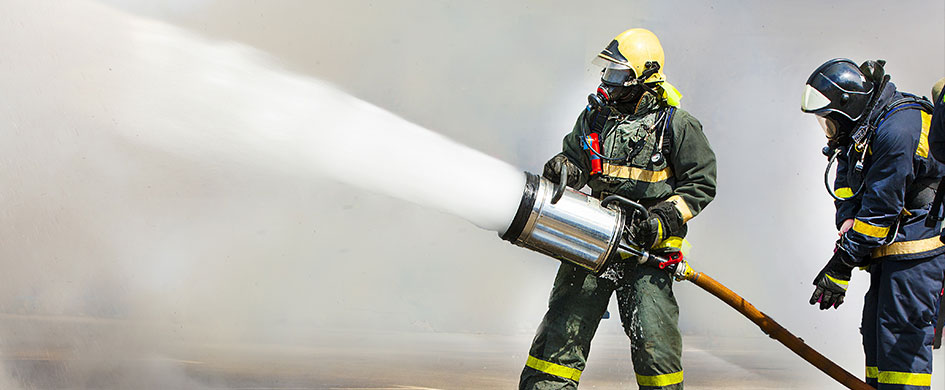
Future of Firefighting is Here: Top Trends in Foam Concentrate Technology Explained

Synthetic Foam Concentrates: The Science Behind Superior Fire Control

Expansion Foam Concentrate: The Game Changer for Fighting Large Fires
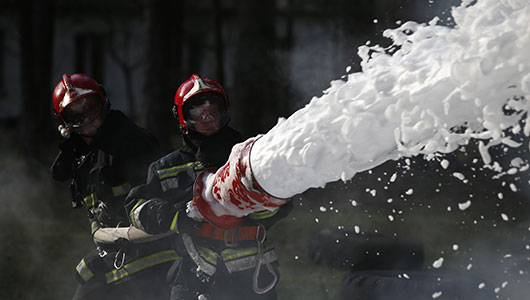
Protein Foam 101: How It Works to Fight Fires
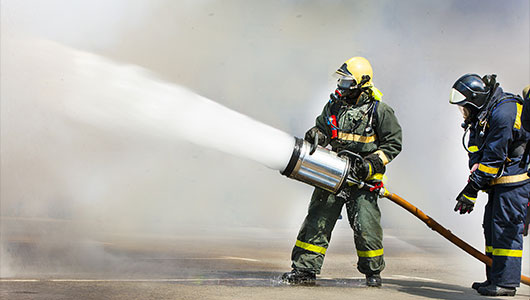
Advantages of Advanced AR-AFFF Foam Technology - Fire Protection Ultimate Guide 2024
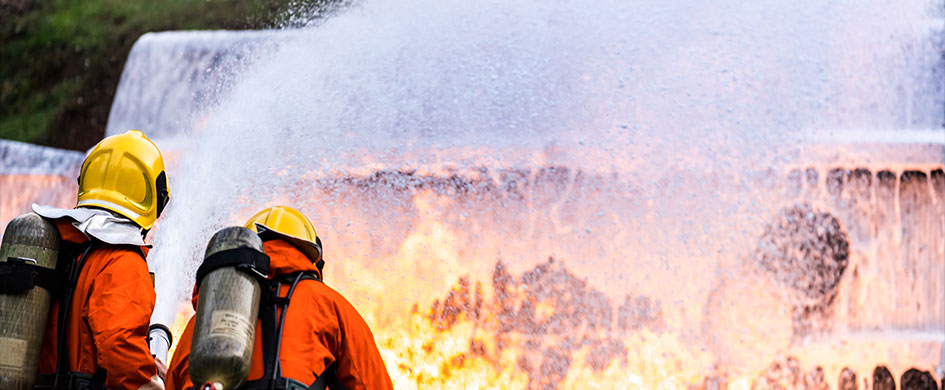
AFFF Fire Suppression: Applications & Benefits for Enhanced Safety
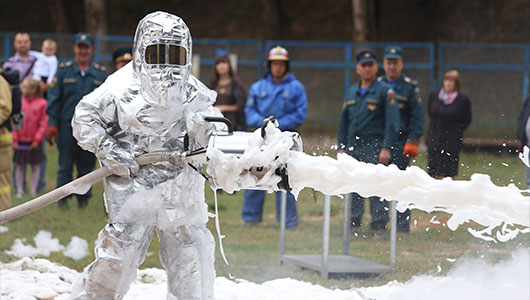
Foam Concentrates vs Traditional Fire Extinguishers: Which is More Effective?

Fight Fires Eco-Friendly: Rise & Future of Fluorine-Free Foam (ECOFOAM)

Synthetic Foam Concentrates: Advancing Fire Suppression with Cutting-Edge Technology

Expand Your Fire Safety Arsenal: Exploring the Versatility of Expansion Foam Concentrate
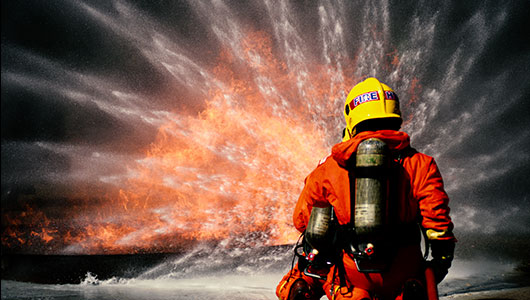
Protein Foam Concentrates: Harnessing Nature's Power for Effective Fire Suppression | Guide 2024
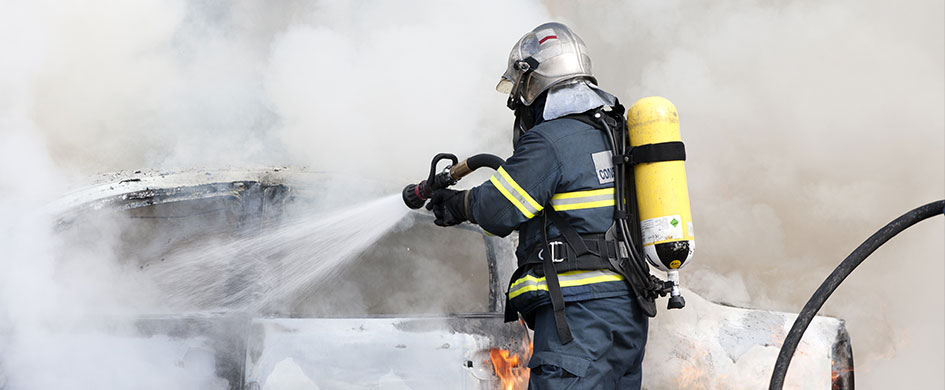
Advanced AR-AFFF Foam: The Cutting-Edge Solution for Superior Fire Suppression Performance
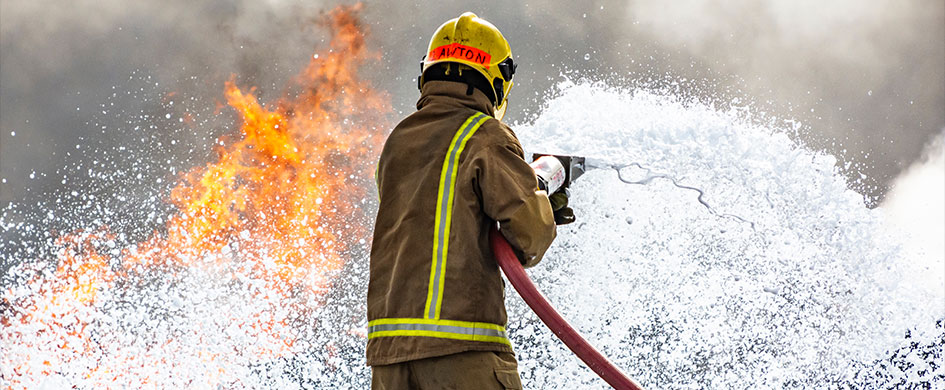
Understanding AFFF Role in Rapid Fire Suppression

The Rise of Eco-Friendly Fire Suppression: Exploring Fluorine Free Foam (ECOFOAM) Solutions

Foam Concentrates: The Ultimate Guide(2024) to Effective Fire Suppression
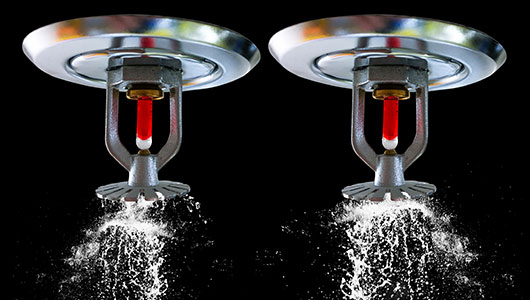
Choosing the Right Fire Sprinkler System for Your Commercial Property
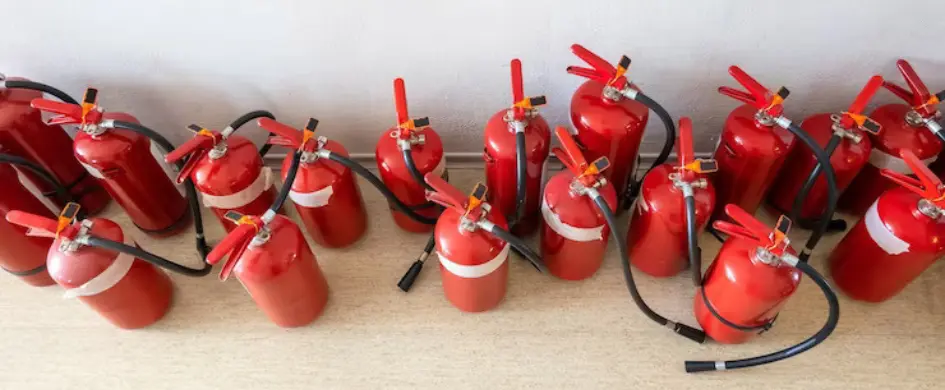
Emergency Evacuation Planning: Steps to Ensure Workplace Safety

The Ultimate Guide to Fire Extinguishers: Types, Uses, and Maintenance
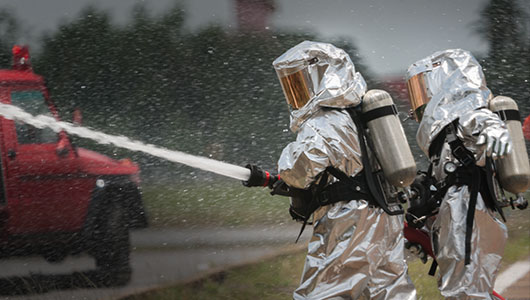
The Role of Personal Protective Equipment (PPE) in Firefighting
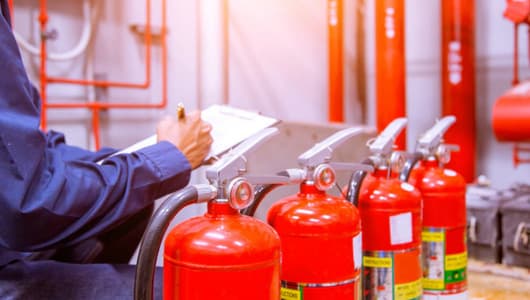
Keeping Your Business Safe: A Comprehensive Guide to Fire Risk Assessments
Protecting Your Electrical Equipment: The Importance of a Fire Suppression System for Electrical Panels
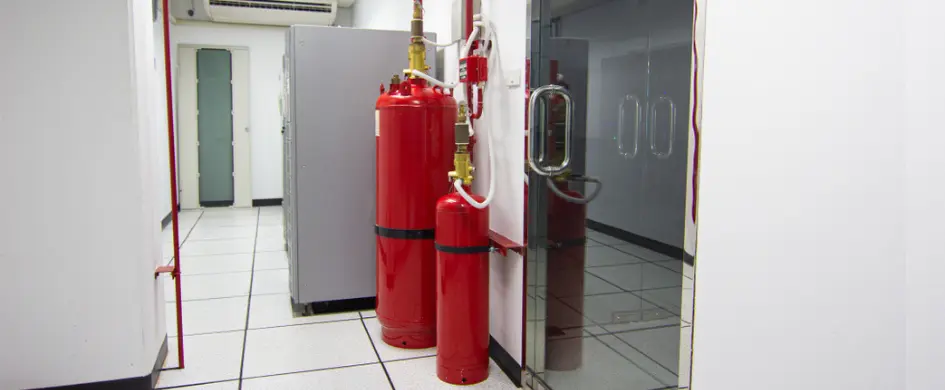
Protect Your Data Center with a Reliable Fire Suppression System

How to choose a water mist fire extinguisher
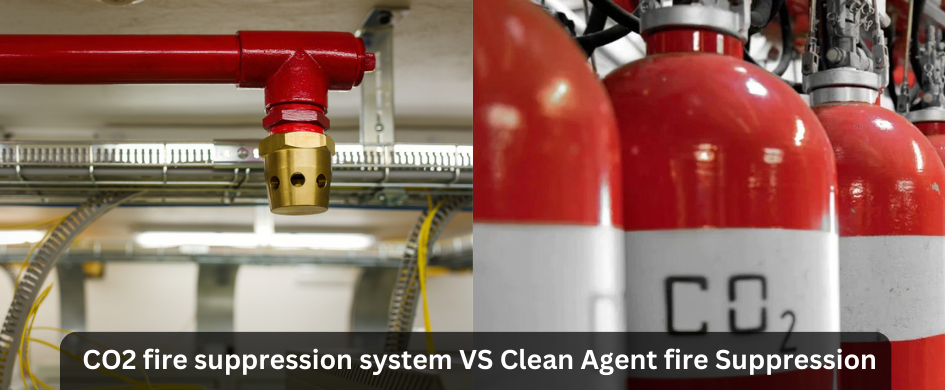
CO2 Fire Suppression System vs Clean Agent fire Suppression
Ensuring Safety in the Factory: Choosing the Right Fire Fighting Equipment
The Top 5 Places Where Fire Suppression Systems are a Must
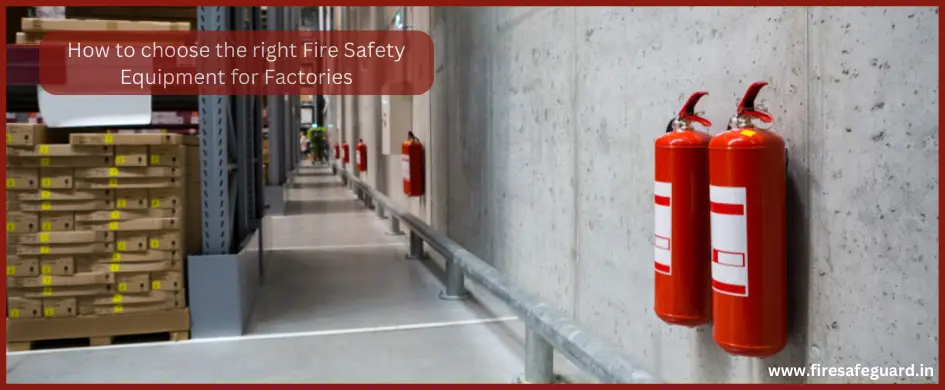
How to Choose the Right Fire Safety Equipment for Factories
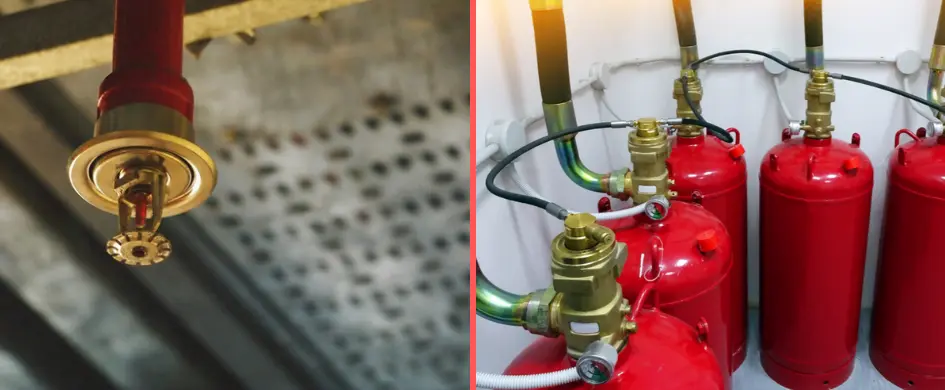
Difference Between Fire Suppression System and Fire Sprinkler
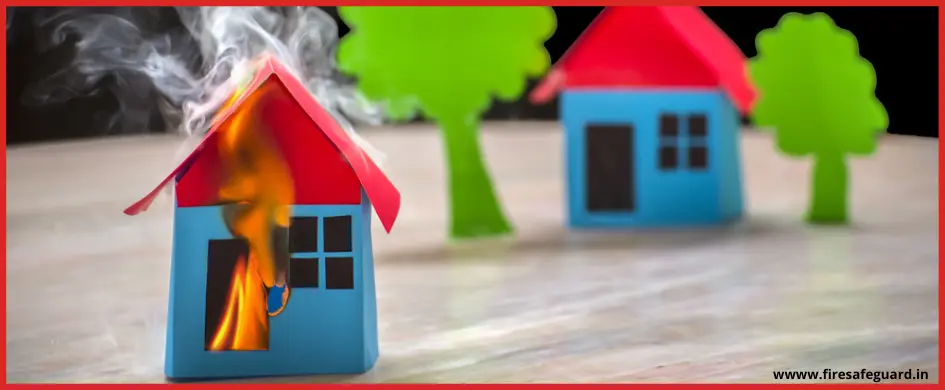
Known and Unknown Facts about Fire Everyone Should Know
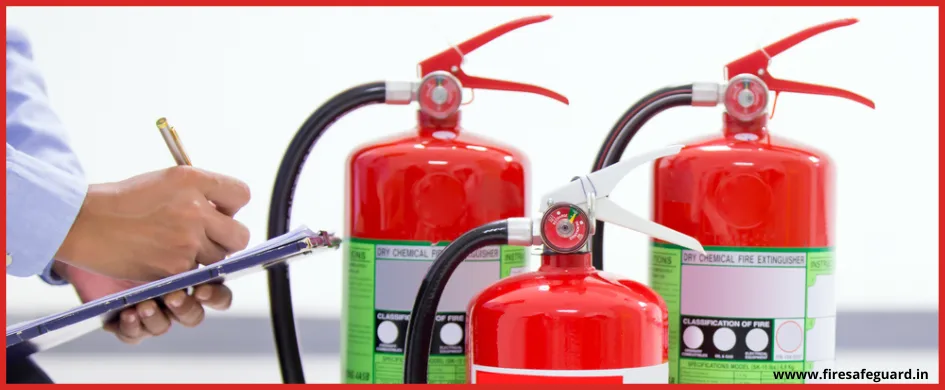
Everything you need to know about Water Type Extinguisher
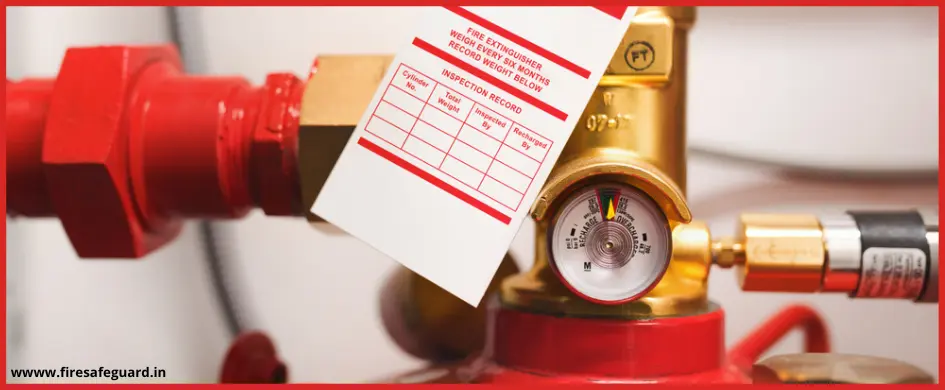
What is a Clean Agent Fire Extinguisher ? Detailed Guide 2024
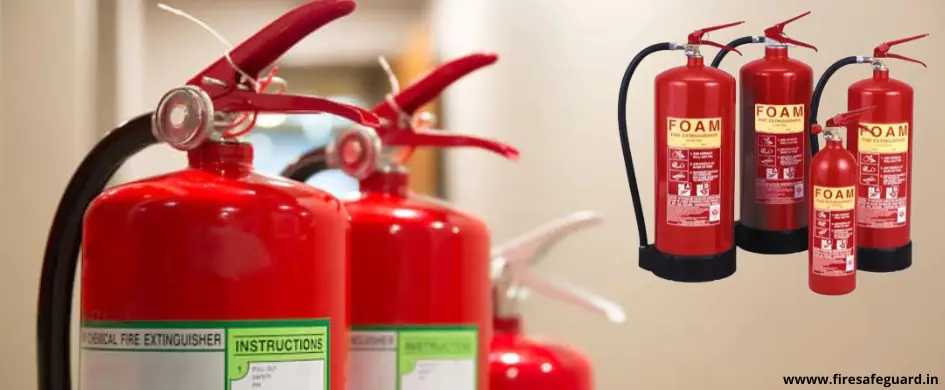
Everything You Need to Know About Foam-Type Fire Extinguishers
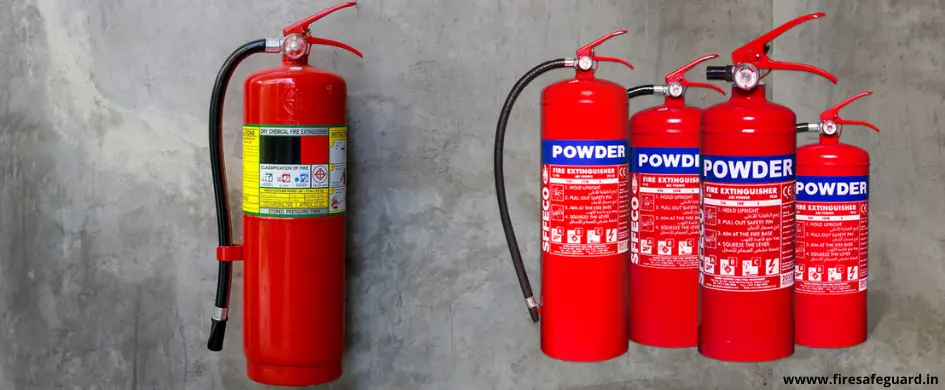
Everything You Need to Know about Dry Chemical Fire Extinguishers - Detailed Guide 2024

Top Fire Extinguisher Manufacturers in India
